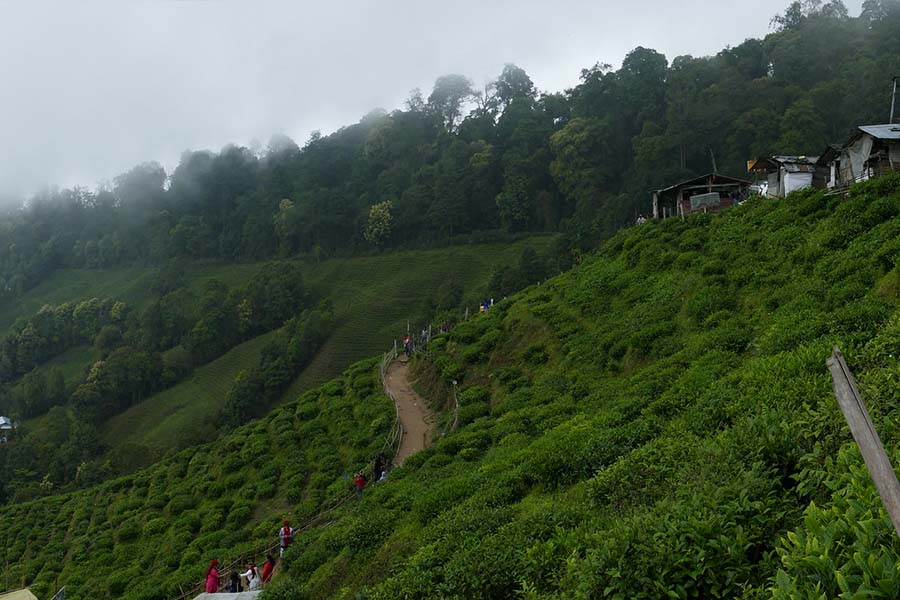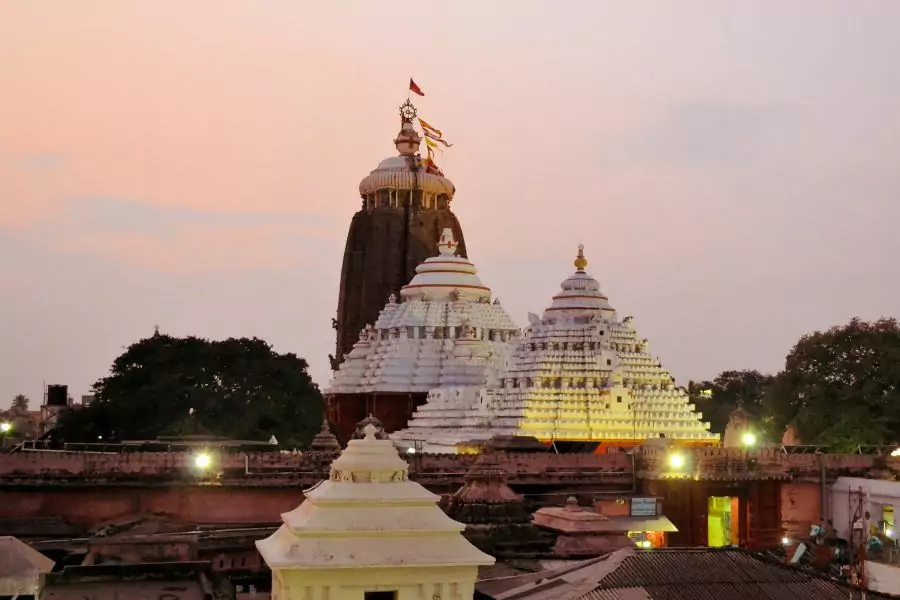Gwalior Fort – History, Light & Sound Show, How to Reach, Events

Gwalior Fort, perched on a hilltop in Madhya Pradesh, stands as one of India’s most impressive fortresses. With its rich history, architectural grandeur, and cultural significance, it has rightfully earned the title “Gibraltar of India.” The fort has witnessed countless battles and served as the home to several dynasties, making it a treasure trove of history.
Historical Background
1. Ancient Origins
Gwalior Fort traces its origins back over a thousand years. Legend says that King Suraj Sen founded the fort in the 8th century, naming it after Sage Gwalipa, who cured him of leprosy. The fort has changed hands many times, with each ruler adding their unique touch to its architecture.
2. The Tomar Dynasty
The Tomars, who ruled during the 15th and 16th centuries, left a significant mark on Gwalior Fort. Raja Man Singh Tomar, a prominent ruler, built the Man Singh Palace, which remains one of the fort’s most stunning structures. This period is often considered Gwalior’s golden age, marked by advancements in art, architecture, and music.
3. Mughal and Maratha Influence
In the 16th century, the Mughal Emperor Babur captured Gwalior Fort, marking the beginning of Mughal influence in the region. Later, the fort came under Maratha control before the British took over in the 19th century. Each empire contributed to the fort’s eclectic architectural style.
Architectural Marvels of Gwalior Fort
4. Man Singh Palace

The Man Singh Palace, also known as the Chit Mandir or Painted Palace, serves as the crown jewel of Gwalior Fort. Raja Man Singh Tomar built this palace, showcasing ornate decorations, colorful tile work, and intricate carvings. The palace’s bright blue tiles depict ducks, elephants, and other animals, giving it a distinctive appearance.
5. Gujari Mahal

Raja Man Singh Tomar also built Gujari Mahal for his beloved queen, Mrignayani, a Gujar princess. This palace, a fine example of medieval architecture, now houses an archaeological museum with artifacts from various periods of Indian history, including rare sculptures and ancient inscriptions.
6. Teli Ka Mandir

Teli Ka Mandir, the tallest structure within the fort, stands out for its unique architectural style, blending Dravidian and North Indian influences. This 9th-century temple, dedicated to Lord Vishnu, features a towering shikhara (spire) and intricately carved exterior walls.
7. Sas-Bahu Temples

The Sas-Bahu temples, dedicated to Lord Vishnu, are another architectural marvel within Gwalior Fort. These twin temples, built in the 11th century, are renowned for their detailed carvings and exquisite craftsmanship.
8. Jain Temples
Gwalior Fort also houses a series of Jain temples carved into the rock faces, dating back to the 15th century. These temples, dedicated to the Tirthankaras, include the massive statue of Lord Parshvanatha, standing 57 feet tall. The serene atmosphere makes these temples a significant pilgrimage site for Jains.
Cultural Significance
9. Gwalior Fort in Music and Arts
Gwalior has long been a major center for Indian classical music, with the fort playing a crucial role in nurturing this heritage. The fort is the birthplace of the Gwalior Gharana, one of the oldest khayal gharanas in Hindustani classical music. Legendary musicians like Tansen, whose tomb is nearby, have contributed to this rich musical legacy.
10. Festivals and Events
Throughout the year, Gwalior Fort hosts various cultural events and festivals. The Tansen Music Festival, held annually near Tansen’s tomb, attracts classical musicians and enthusiasts from across the country. The fort also becomes a spectacle during Diwali, when it is beautifully illuminated.
Exploring Gwalior Fort
11. Entry and Timings
Gwalior Fort remains open to visitors year-round. The cooler months, from October to March, offer the best time for exploration. Visitors can explore the fort on foot, with guided tours available for those interested in detailed history and architecture. The fort opens from sunrise to sunset, with a nominal entry fee.
12. Light and Sound Show
A highlight of the visit is the Light and Sound Show held every evening. This show narrates the fort’s history with stunning visuals and sound effects, making it a must-see for all visitors.
13. Photography Spots
Gwalior Fort offers numerous spots for photography enthusiasts. The panoramic views from the fort’s ramparts, especially during sunrise and sunset, provide breathtaking scenes. The intricate carvings and grand architecture also offer endless opportunities for stunning photographs.
How to Reach Gwalior Fort
14. By Air
Gwalior’s small airport connects it to major cities like Delhi and Mumbai. Located about 8 kilometers from the fort, taxis are readily available to take visitors directly to the site.
15. By Train
Gwalior is well-connected by rail, with regular trains from major cities. The Gwalior Railway Station lies about 4 kilometers from the fort, and taxis or auto-rickshaws can easily take you to the fort.
16. By Road
Gwalior is accessible by road from nearby cities like Agra, Delhi, and Jaipur. The city’s well-connected highways make it convenient for travelers who prefer to drive or take a bus.
Accommodation Options
17. Luxury Hotels
Gwalior offers a range of luxury hotels, such as the Taj Usha Kiran Palace, providing top-notch amenities and a royal experience with views of the city and easy access to the fort.
18. Budget-Friendly Stays
For budget-conscious travelers, Gwalior has several mid-range and budget hotels that offer comfortable accommodations at reasonable prices. These hotels are conveniently located near major attractions, including the fort.
Conclusion
Gwalior Fort stands as a testament to India’s rich history and architectural brilliance. Its towering walls, magnificent palaces, and ancient temples offer a glimpse into the lives of the kings and emperors who once ruled this land. Whether you’re a history buff, an architecture enthusiast, or a traveler seeking to explore India’s cultural heritage, Gwalior Fort will leave you in awe.
FAQs
1. What is the best time to visit?
October to March offers the best weather for visiting Gwalior Fort.
2. How much time does it take to explore Gwalior Fort?
It takes about 3 to 4 hours to explore the fort fully.
3. Are there any guided tours available?
Yes, guided tours are available for a more enriching experience.
4. Is photography allowed inside The Fort?
Yes, photography is allowed, with several excellent spots within the fort.
5. What are the nearby attractions to Gwalior Fort?
Nearby attractions include the Jai Vilas Palace, Tansen’s Tomb, and the Sun Temple.


